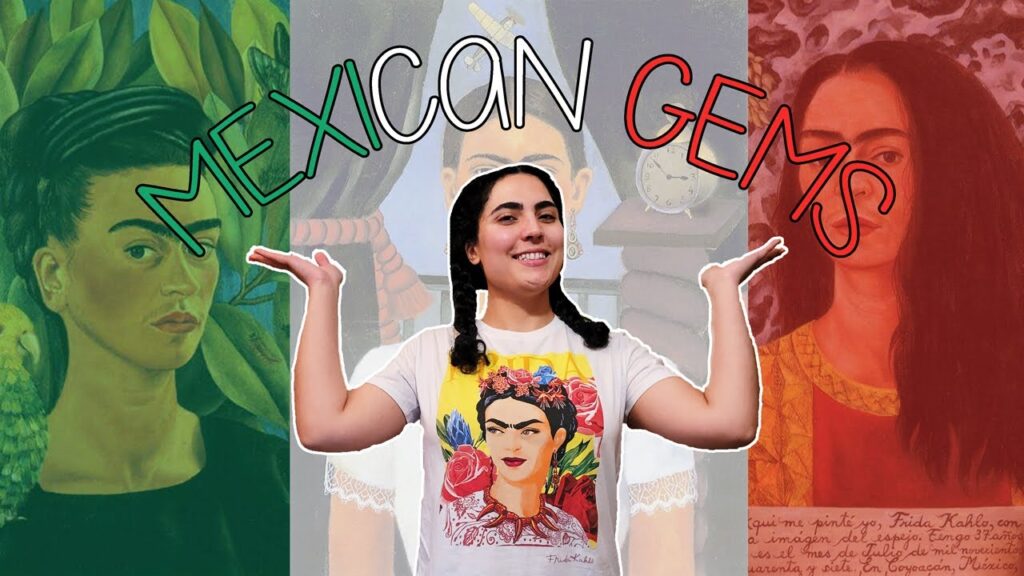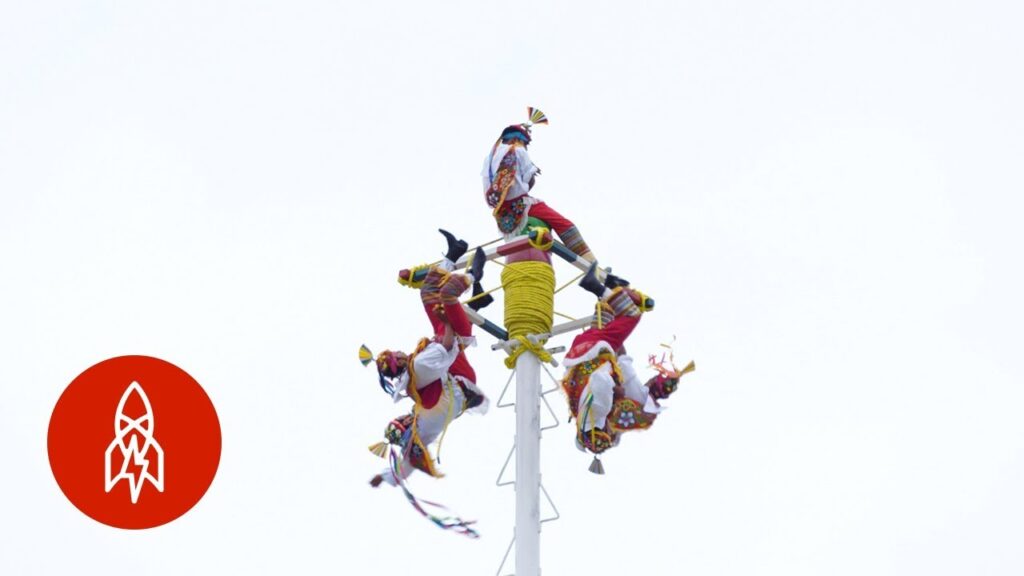An Introduction to Novohispanic Literature
The colonial period in Mexico, known as the New Spain era, heralded a unique fusion of indigenous and Spanish cultural elements, giving rise to what is known today as Novohispanic literature. This literary tradition emerged as Spanish conquerors and colonists brought with them the European literary forms and intertwined them with the rich oral traditions of the native peoples. The result was a vibrant, new literary voice that reflected the complex realities of life in colonial Mexico.
Some of the most notable Novohispanic writers include Sor Juana Inés de la Cruz, a nun who became one of the first published female poets in the Americas and whose work ranges from poetry to philosophical essays, and Carlos de Sigüenza y Góngora, who was among the first to explore Mexican identity in his writings. Both authors navigated the colonial oppression while expressing a deep connection to their homeland, displaying a blend of defiance and reverence in their work. Their contributions have been critical to the understanding of the sociopolitical and cultural tapestry of the time.
The literature of the period often grappled with themes of conquest, religion, and the complex heritage resulting from the blend of Spanish and indigenous civilizations. Novohispanic literature is not only valued for its artistic merit but also as an important historical resource. Through poetic forms, narratives, and plays, Novohispanic authors preserved the multifaceted voice of an era that was characterized by both oppression and the birth of something new.
The Roots of Mexican Literary Heritage
Mexico’s literary heritage is a rich tapestry that intricately weaves indigenous narratives with Spanish colonial influences. As one delves into the literary conquests of Mexico, the roots can be traced back to the profound works of pre-Columbian civilizations. The Aztecs, Mayans, and other indigenous peoples had well-established oral and pictographic traditions. Mythologies, rituals, and history were passed down through generations in the form of songs, poems, and intricate codices that survived despite the Spanish colonization. These primordial texts offer a glimpse into the complex societies and worldviews held by the original inhabitants of Mexico.
During the colonial period, the fusion of European literary forms with indigenous stories gave rise to a unique Mexican genre. Sor Juana Inés de la Cruz, a 17th-century nun, and writer emerged as a key figure in Mexico’s literary canon. Her intellectually audacious poetry and prose defied the constraints placed upon women of her time, setting a precedent for Mexican literary feminism. Sor Juana’s works were a testament to the merging of pre-Hispanic traditions with the new Hispanic culture, creating an early example of what would become a rich, mestizo literary tradition.
The 19th century heralded the birth of Mexican Romanticism, which sought to cultivate a national identity through the power of the written word. Writers such as Ignacio Manuel Altamirano and Guillermo Prieto penned works that were infused with patriotism and an ardent desire to shape a literary identity independent of European models. They focused on Mexico’s diverse landscapes, the valor of its people, and the nation’s tumultuous history, portraying them with an emotional depth that resonated with the burgeoning sense of Mexican identity.
At the turn of the 20th century, the Mexican Revolution fueled a new era of literary expression. This period witnessed a surge in socially charged narratives that aimed to tackle the country’s inequalities and injustices. Dispatches from battles and poignant portrayals of the suffering multitudes gave rise to novels such as Mariano Azuela’s «Los de Abajo» (The Underdogs), which captured the essence of the revolutionary spirit. These works not only provided a lens into the societal tumult of the times but also solidified literature as a tool for cultural reflection and political change.
6 Must-Know Novohispanic Authors
When exploring the rich tapestry of culture and history in Mexico, it’s imperative to delve into the literary contributions that have helped shape Novohispanic identity. The following list introduces six influential authors from the Novohispanic period whose works have left a significant mark on Mexican literature and continue to be celebrated for their historical and artistic value.
Sor Juana Inés de la Cruz
Sor Juana Inés de la Cruz is often regarded as the first great Latin American poet and one of the most important literary figures of the Spanish Golden Age. Her work traverses themes of love, feminism, and religion, all while showcasing her own intellectual prowess in a society that limited women’s access to education. Her famous «Respuesta a Sor Filotea» is an assertive defense of women’s right to knowledge and is celebrated for its progressive stance in the context of the time.
Juan Ruiz de Alarcón
A playwright of Mexican birth and Spanish ancestry, Juan Ruiz de Alarcón is recognized for his complex character development and use of dramatic irony. His sharp wit and observation of human nature resulted in plays that continue to be performed today, such as «La verdad sospechosa,» which masterfully depicts the consequences of deceit. Alarcón’s works offer a perspective on Spanish-Mexican identity and provide significant insights into the social dynamics of the Novohispanic period.
Exploring the Works of Novohispanic Literary Figures
As adventurers, we often seek out the natural landscapes and vibrant cities of our destinations, but diving into the literary heritage of a place can offer an even deeper journey. Mexico, with its rich history, has cultivated remarkable literary icons, particularly during the Novohispanic period. This era, stretching from the 16th to the early 19th century, gave birth to a trove of writers whose works provide valuable insights into the complex tapestry of Mexican culture and history.
Sor Juana Inés de la Cruz stands out as one of the most prominent figures. Often referred to as the «Phoenix of Mexico,» Sor Juana was a self-taught scholar and poet of the Baroque school, and her works are an essential part of Spanish literature. Her poignant poem, «Hombres necios» criticizes the hypocrisy of men who condemn women while prompting their very faults. Visitors can experience her legacy by visiting the Convent of Santa Paula in Mexico City where she lived most of her life.
Another notable literary figure is Carlos de Sigüenza y Góngora, a polymath who delved into various disciplines, from astronomy to philosophy, with his literary works painting a picture of the intellectual climate of New Spain. His prolific output ranged from histories, such as «Parayso occidental» which documented the flooding disaster of Mexico City, to unique novels like «Infortunios de Alonso Ramírez» which some consider an early example of Mexican narrative fiction.
The journey through Novohispanic literature would not be complete without mentioning Juan Ruiz de Alarcón, born in New Spain and celebrated for his dramatic works which were steeply reflective of human nature, often using wit and irony to address ethical issues. His play, «La verdad sospechosa,» is still lauded for its complex exploration of deceit and honesty and remains a pivotal part of Spanish Golden Age drama.
While often overlooked in favor of the more celebrated post-independence writers, the literary figures of the Novohispanic period laid the foundations for a rich literary culture in Mexico. Engaging with their works not only provides historical context but also prompts a greater appreciation for the continuity and evolution of Mexican literary and cultural expression. By exploring these texts, travelers and literary enthusiasts alike can connect with the Mexican past in a uniquely profound way.



